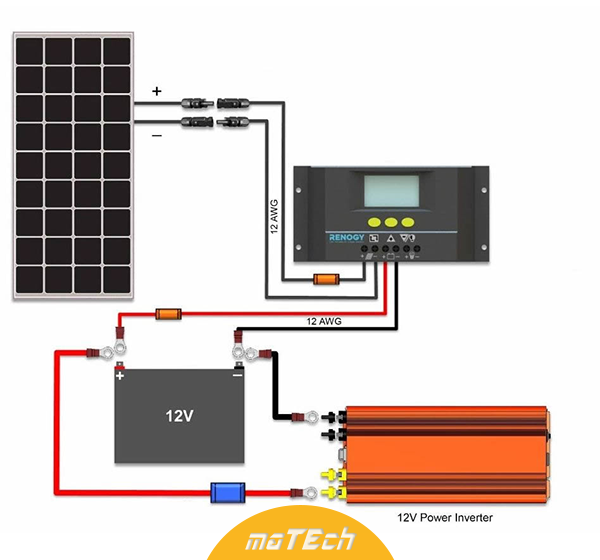A solar charge controller is needed in virtually all solar power systems that utilize batteries. The job of the solar charge controller is to regulate the power going from the solar panels to the batteries. Overcharging batteries will at the least significantly reduce battery life and at worst damage the batteries to the point that they are unusable.
The most basic charge controller simply monitors the battery voltage and opens the circuit, stopping the charging, when the battery voltage rises to a certain level. Older charge controllers used a mechanical relay to open or close the circuit, stopping or starting power going to the batteries.
More modern charge controllers use pulse width modulation (PWM) to slowly lower the amount of power applied to the batteries as the batteries get closer and closer to fully charged. This type of controller allows the batteries to be more fully charged with less stress on the battery, extending battery life. It can also keep batteries in a fully charged state (called “float”) indefinitely. PWM is more complex, but doesn’t have any mechanical connections to break.
The most recent and best type of solar charge controller is called maximum power point tracking or MPPT. MPPT controllers are basically able to convert excess voltage into amperage. This has advantages in a couple of different areas.

